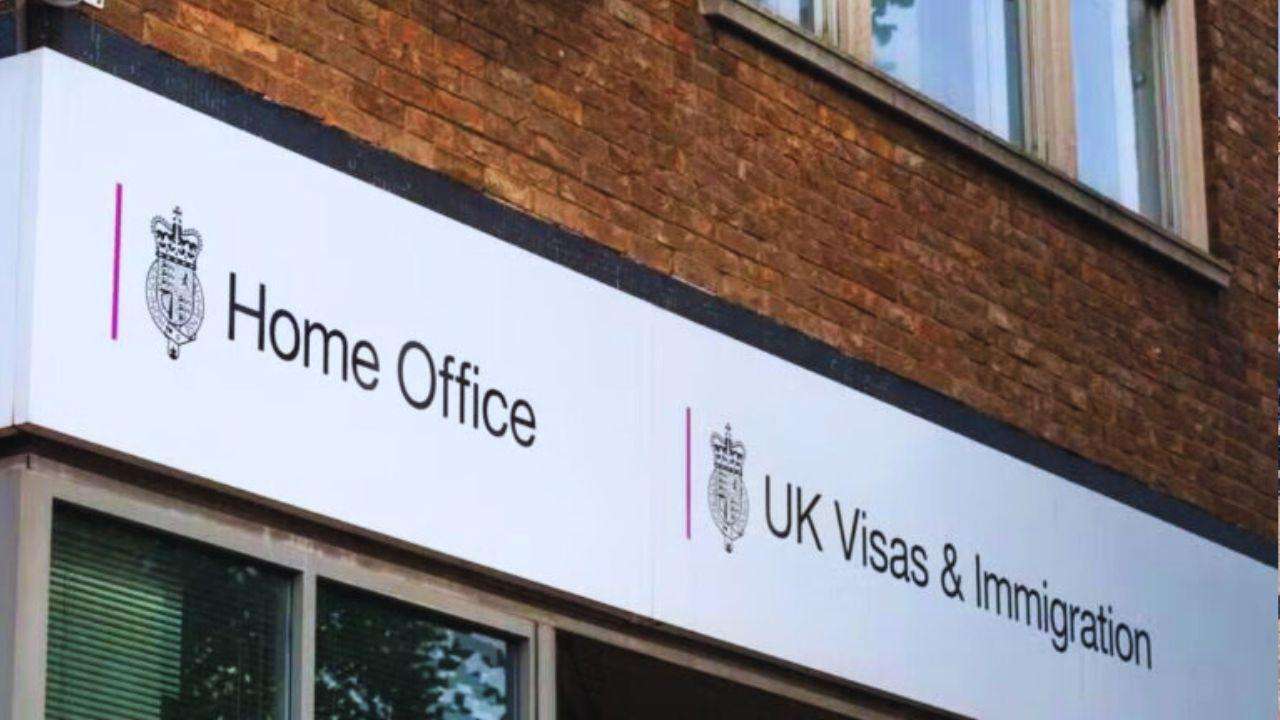A record number of asylum seekers died while under the care of the UK Home Office in 2024, with officials acknowledging that they are uncertain about when some of these deaths occurred.
According to data obtained by The Guardian through a Freedom of Information (FoI) request, 51 people died in Home Office-provided accommodation last year. This marks an increase of 11 from the previous year and a significant rise compared to 2019, when only four deaths were recorded.
Initially, the Home Office reported that 30 asylum seekers had died in 2024. However, after a review, officials admitted that this figure was incorrect, revealing an additional 21 deaths. A statement from the department’s FoI team acknowledged the mistake and issued an apology for the incomplete data.
Deborah Coles, director of the charity Inquest, which supports families who have lost loved ones while in state care, condemned the situation. She described it as a shocking lack of oversight and accountability, stating that whether the inaccurate data resulted from deliberate concealment or incompetence, it demonstrated a disturbing disregard for vulnerable individuals who had died.
While some deaths were linked to natural causes or illness, others are suspected suicides. Advocacy groups argue that the treatment of asylum seekers in the UK is severely impacting their well-being.
One particularly disturbing case involved an Iranian man whose body remained undiscovered for a month in March 2024. His decomposing remains were eventually found in shared housing in Colchester, Essex, after housemates reported a foul odor coming from his room.
Unlike the Ministry of Justice, which publishes data on prisoner deaths, the Home Office does not routinely release information on migrant deaths in its care. Human rights and refugee organizations have urged the government to improve transparency. The cross-party Home Affairs Select Committee is currently investigating asylum accommodation, with the charity Asylum Matters calling for clearer reporting on these deaths.
Among the 30 deaths initially reported, nearly a third (nine) were suspected suicides. A similar number had unknown causes, which could also include suicide. Only eight were definitively linked to natural causes. Twelve individuals were in their teens, 20s, or 30s, and for 11 of the cases, the exact date of death was unrecorded. The Home Office did not comment on whether this meant bodies were not discovered promptly, though sources did not dispute that the Iranian man’s remains had gone unnoticed for a month.
Over the past five years, the number of deaths in Home Office accommodation has increased more than twelvefold, while asylum applications have more than doubled.
Some of the deceased individuals have been publicly identified, including Leonard Farruku, who reportedly died by suicide aboard the Bibby Stockholm barge in December 2023; Claudia Kambanza from Namibia, who was fatally stabbed in Hull in January 2024; and Amir Safi, an Afghan asylum seeker classified as an adult by the Home Office despite claiming to be 16, who died in a road accident on the M1 in April 2023.
Maddie Harris, from Humans for Rights Network, which supports asylum seekers, called on the Home Office to clarify the full extent of deaths within the asylum system. She emphasized the need for greater transparency, arguing that such information should be published proactively rather than being revealed only after scrutiny.
Home Office sources stated that these deaths are investigated by relevant authorities, including the police and coroners, to determine the circumstances. Officials also noted that service providers are expected to conduct regular welfare checks and report any concerns to the appropriate agencies.
Source: The Guardian



_1.jpg)
_1.jpg)



.svg)



